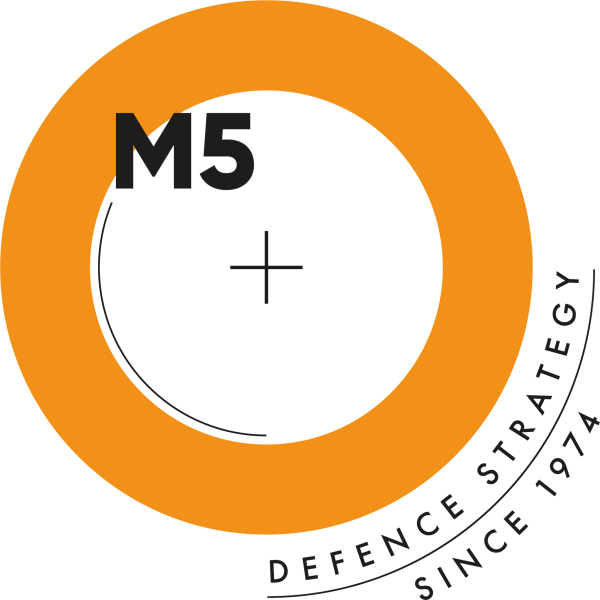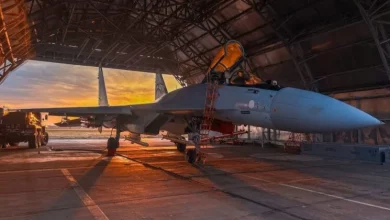China’s New ‘Pop-Up Threat’ Hunter Emerges With Twin-Missile Loadout
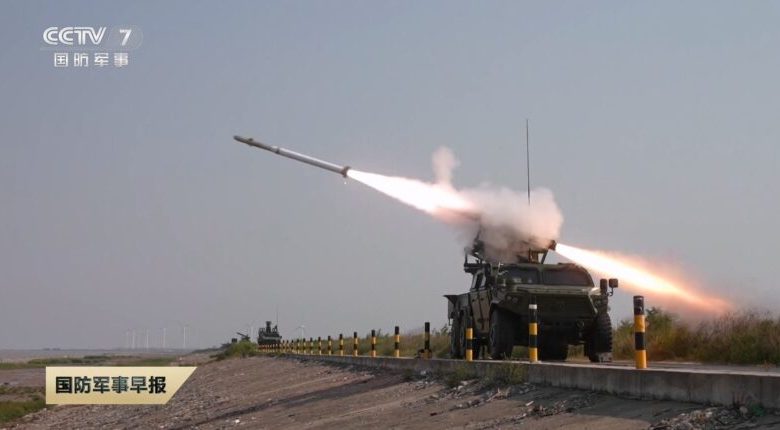
HQ-13 is a short-range air defense system mounted on a Dongfeng Mengshi 6×6 vehicle, featuring twin missiles, rotating radar, and electro-optical sensors
A new Chinese short-range air defense (SHORAD) system has surfaced, signaling Beijing’s push to counter drones, helicopters, and low-flying missiles that threaten its maneuver units.
Mounted on a Dongfeng Mengshi 6×6 all-terrain vehicle, the weapon packs a compact rotating radar, twin missile rails, and electro-optical sensors into a single mobile fire unit.
The setup resembles the earlier SWS3 gun-missile SHORAD concept, but omits the 35mm cannon in favor of a dedicated two-missile launcher.
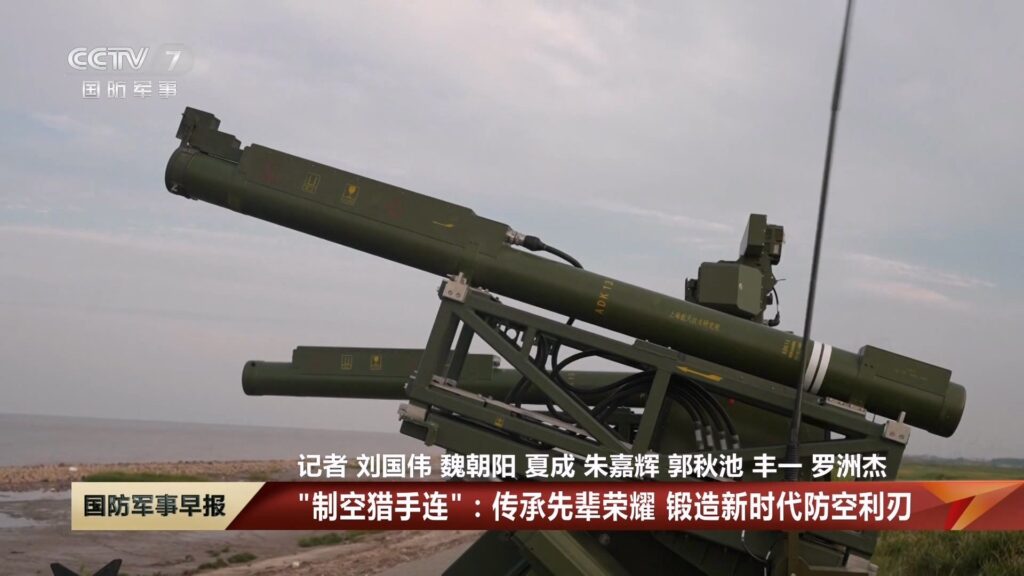
Recent footage from the People’s Liberation Army’s 72nd Group Army shows simulated engagements followed by live launches, indicating the system is already in field testing.
While China has not released performance data, analysts have linked the interceptor to the FB-10A missile family while others suggest an unverified HQ-13 label.
Agility Meets Autonomy
The Mengshi chassis gives the system high mobility and shoot-and-scoot flexibility, allowing it to keep pace with motorized and light combined-arms brigades.
Onboard radar and electro-optical sensors suggest each vehicle can independently search, track, and engage targets while maintaining connectivity to broader air-defense networks when available.
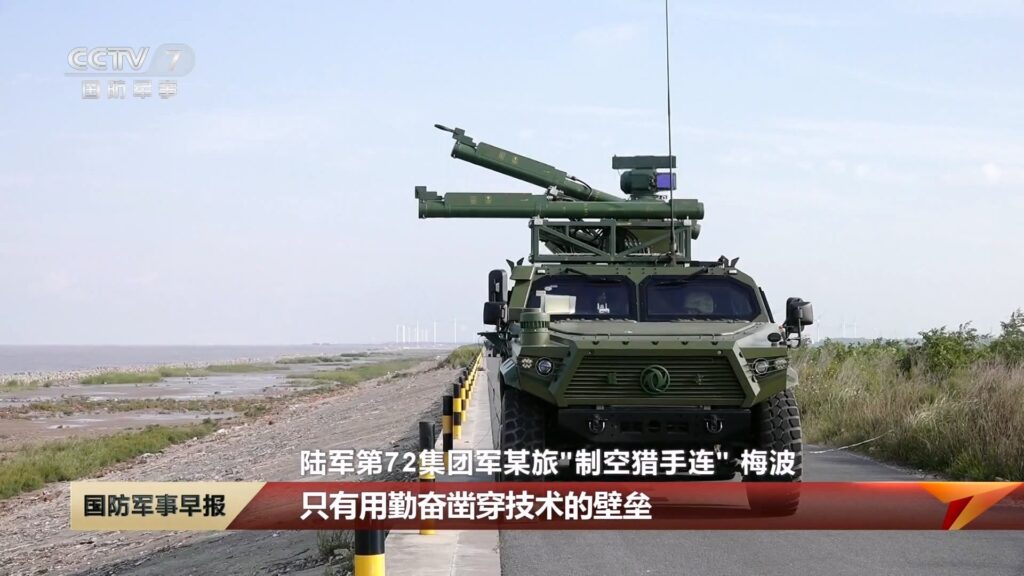
This autonomy supports operations in contested electromagnetic environments, where centralized command links may be jammed or degraded.
The compact form factor also shortens the sensor-to-shooter loop, improving reaction times against pop-up threats like small drones and low-flying helicopters.
Closing the Gap
The new SHORAD platform reportedly fits within the lower tier of China’s layered air defense architecture, complementing known long-range interceptors such as the HQ-9 and HQ-22.
If fielded at scale, it could help tighten low-altitude coverage at the brigade level, addressing gaps between static batteries and maneuvering units.
Beijing is likely positioning the platform for potential flashpoints such as the Taiwan Strait or the East and South China Seas, where low-flying drones, helicopters, and cruise missiles could potentially become a growing concern.
